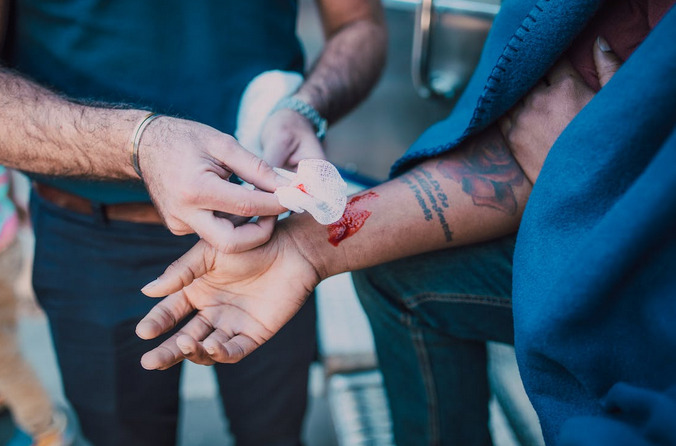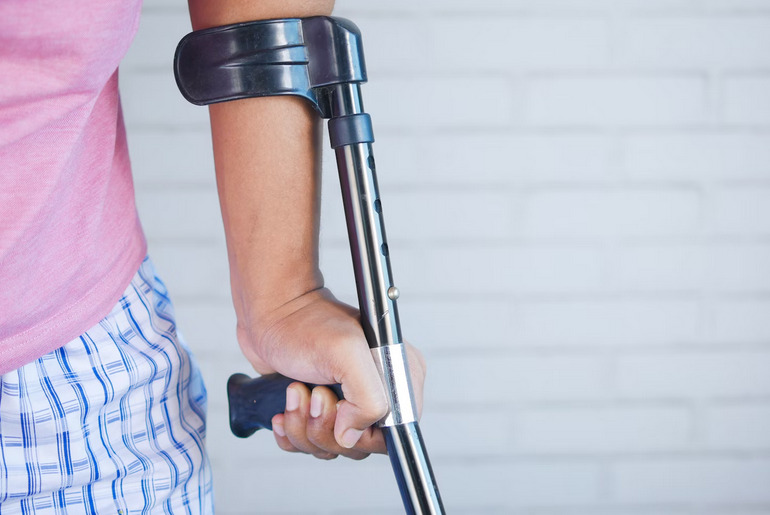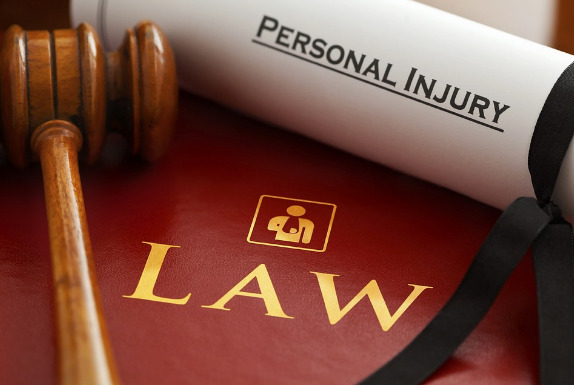Slip and fall accidents can always happen to anyone, but when it comes to disabled adults, the consequences can be even more severe. These individuals may already face unique challenges in their daily lives, and an injury resulting from negligence on someone else’s property only adds insult to injury – quite literally.
But, in what condition do disabled people file a claim for any slip and fall accident against the property or business owner? Keep on reading to find out the answer.
There Was Indeed a Hazard on the Premises

A hazard can take many forms – from slippery surfaces and uneven flooring to obstacles blocking walkways. For disabled adults who already face mobility challenges, these hazards can be especially dangerous. It only takes one misstep for them to suffer serious injuries.
But what qualifies as a hazard? We spoke to personal injury attorneys from Law Offices of Eric A. Shore, and they explained that anything that poses an unreasonable risk of harm could be considered as such. Poor maintenance or failure to promptly repair known issues is often a key indicator that negligence may have played a role in the accident.
In our example, the loose floor tile is undeniably hazardous. Its presence not only creates an immediate danger but also highlights potential negligence on the part of the manager or property owner, who definitely failed to address the problem in the first place.
The Owner Were Fully Aware of the Dangerous Condition
If the owner simply knew about the hazard but failed to take appropriate action to rectify it, the liability arises. In many cases, owners may argue that they were not aware of any potential danger. However, with proper investigation and evidence gathering, it can be demonstrated that they had knowledge or should have had knowledge of the hazardous conditions on their premises.
For instance, if a disabled adult slips and falls due to a wet floor caused by a leaky pipe in a store, it can be argued that the store owner should have been aware of this issue. Perhaps there were previous incidents or complaints from customers about similar accidents happening in the same area.
The Owner Didn’t Post Adequate Warnings and Take Corrective Action to Prevent Injuries

Now imagine that despite being fully aware of these dangers, the owner did nothing to address them or provide any kind of warning. This neglectful behavior puts you at risk. It’s unacceptable that someone who knows about potential hazards would choose not to take action.
Whether it’s failing to fix broken handrails or neglecting slippery surfaces without proper signage, this lack of attention shows a blatant disregard for your safety. As a disabled adult, you deserve better treatment and consideration from property owners. They have a responsibility to ensure their premises are safe for everyone – including those with disabilities! Neglecting this duty not only violates common decency but also legal obligations.
The Negligence Caused an Accident That Lead to Injury

In a slip-and-fall accident, it is a must to establish negligence on the part of the property owner. This means proving that their actions or lack thereof directly resulted in your injury. When it comes to disabled adults, this becomes even more important as they may face additional challenges due to their disabilities.
To hold the property owner fully responsible for the accident, you must demonstrate that their negligence was a direct cause of your injury. This could include factors such as failure to maintain safe premises or address hazardous conditions that pose a risk to individuals with disabilities. While assessing liability for a slip and fall accident involving disabled adults can be complex, establishing negligence is crucial for seeking compensation for your losses. It’s essential not only to cover medical expenses but also to address any long-term effects from injuries sustained during the incident.
Compensation for Your Losses
By establishing that there was indeed a hazard on the premises, proving that the owner was aware of the dangerous condition, demonstrating their failure to provide adequate warnings and take corrective action, and showing that their negligence directly resulted …


